It’s easy to get lost in the endless stream of fancy recipes and kitchen gadgets living in the digital era of today. But sometimes, the best way to create magic in the kitchen is by going back to basics. Here are seven traditional cooking techniques that have stood the test of time—and they’re still better than anything you’ll find online.
1. Slow Cooking Without a Crockpot

Before we had slow cookers and Instant Pots, slow cooking meant letting flavors develop naturally over low heat for hours. There’s something about simmering a pot of soup or stew on the stove for half a day that brings out deep, rich flavors that modern gadgets just can’t replicate. Next time you make a roast or soup, skip the gadgets and embrace the art of truly slow cooking.
2. Hand-Kneading Bread
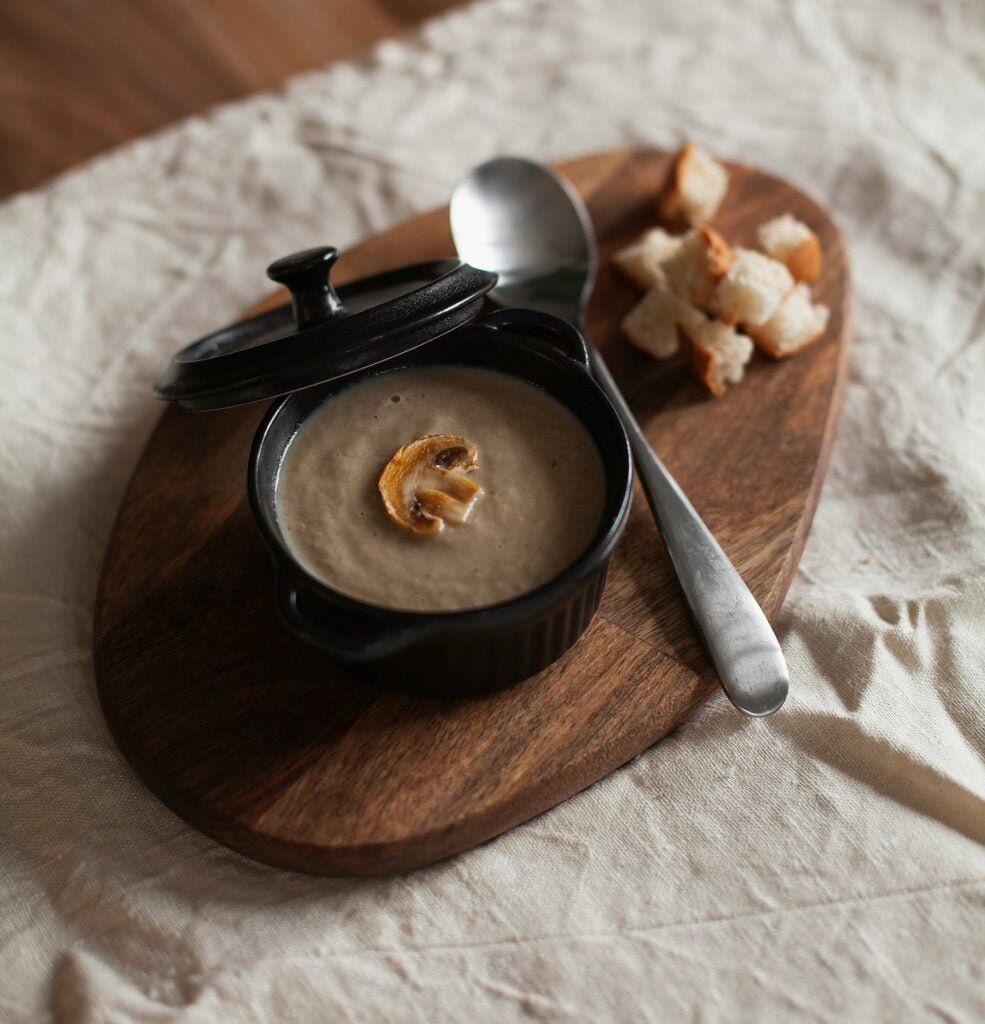
Sure, a stand mixer can knead dough for you, but there’s something therapeutic about getting your hands in there. Hand-kneading bread allows you to feel the dough’s texture change as it becomes smooth and elastic. Plus, you can customize the kneading based on how the dough feels, something a machine just can’t do.
3. Cooking Over an Open Flame
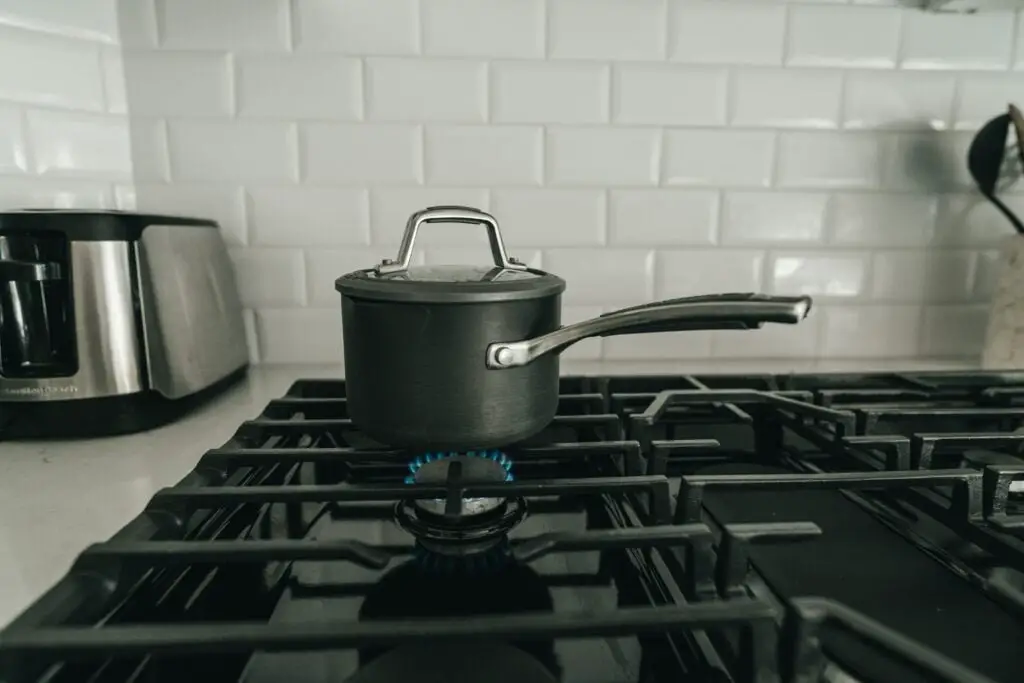
Before the days of gas stoves and electric ranges, cooking over an open flame was the norm. Whether it’s grilling meat, roasting veggies, or making the perfect s’more, cooking over an open flame infuses food with flavors you can’t achieve otherwise. There’s something primal and satisfying about getting back to this method. It’s why people still love to barbecue!
4. Pickling and Preserving
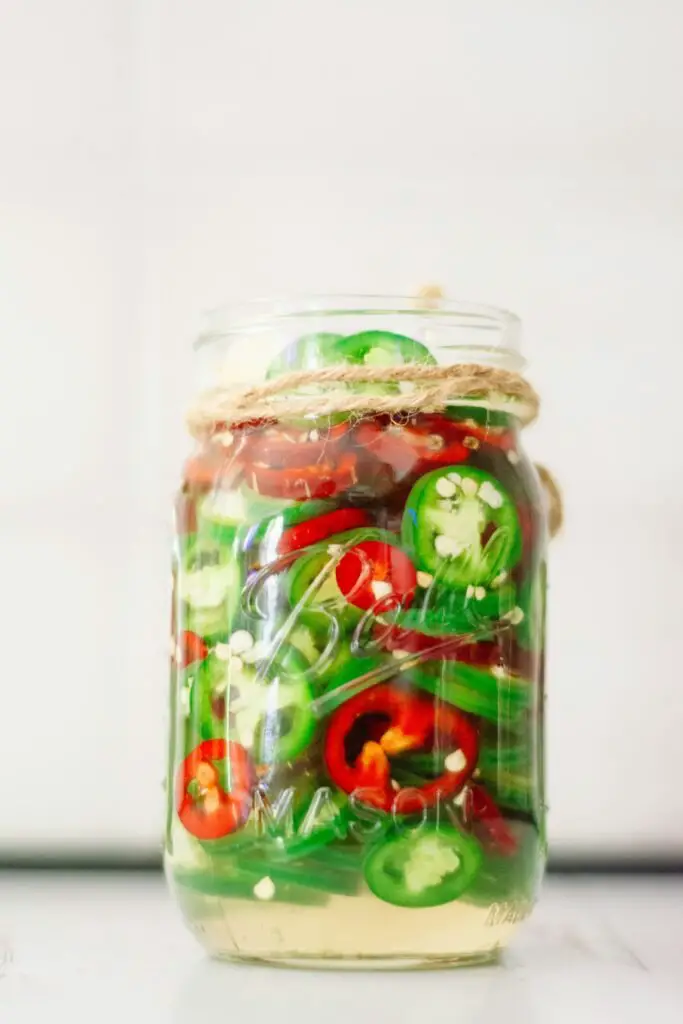
Before refrigeration, people had to get creative with how they preserved their food. Pickling, fermenting, and canning were essential. Not only do these methods extend the shelf life of foods, but they also add a unique depth of flavor. Fermented foods like kimchi or pickled vegetables are enjoying a resurgence, and for a good reason. When you pickle or preserve food yourself, you’re not just saving it; you’re transforming it.
5. Making Stocks and Broths from Scratch

A store-bought broth might be convenient, but nothing beats the richness of homemade stock. Making stock from bones and vegetable scraps is one of the most traditional—and flavorful—ways to add depth to your cooking. It’s a simple process, but it elevates soups, sauces, and even grains like rice to a whole new level.
6. Using a Mortar and Pestle
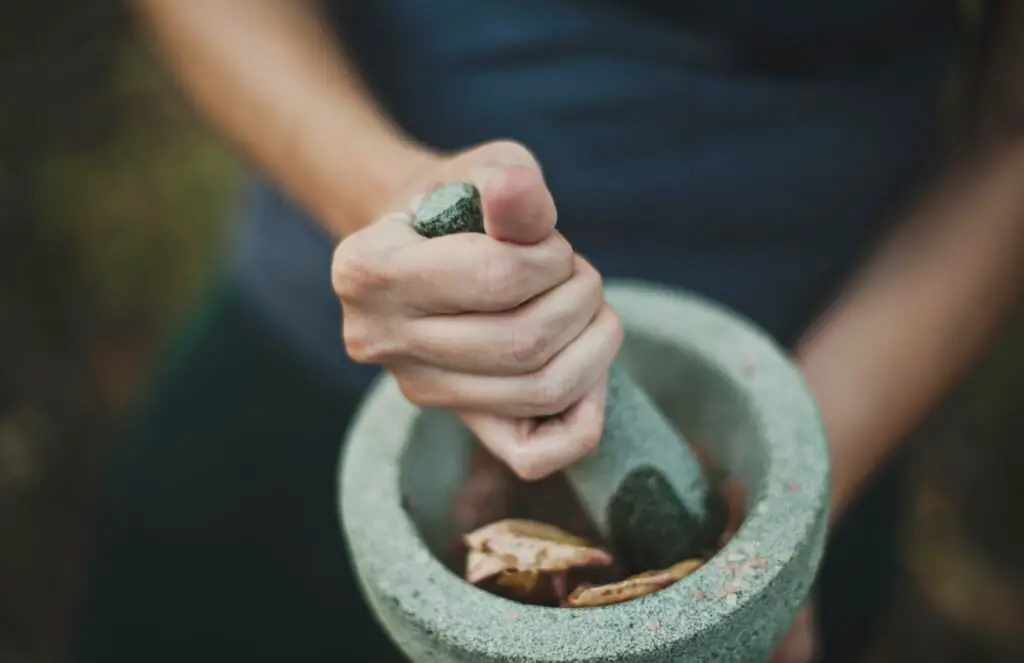
Before blenders and food processors, people relied on their hands—and a mortar and pestle—to crush herbs, spices, and even make sauces like pesto. Using a mortar and pestle releases essential oils and flavors in a way that modern appliances can’t. It also adds a rustic, homemade quality to your dishes that a pre-packaged spice blend never will.
7. Baking in Cast Iron
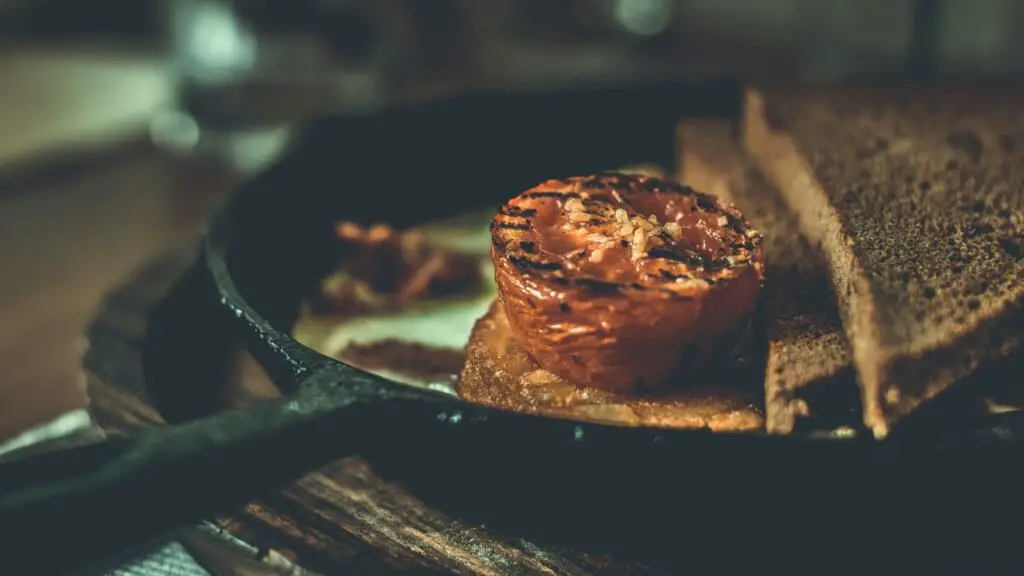
Non-stick pans may be popular, but cast iron is a tried-and-true cooking tool that’s been used for centuries. Whether you’re baking cornbread, frying chicken, or making a perfect frittata, a well-seasoned cast iron skillet provides even heat and adds a bit of natural iron to your food. Plus, with proper care, your cast iron will last a lifetime—something no non-stick pan can claim.
8. Cooking with a Dutch Oven
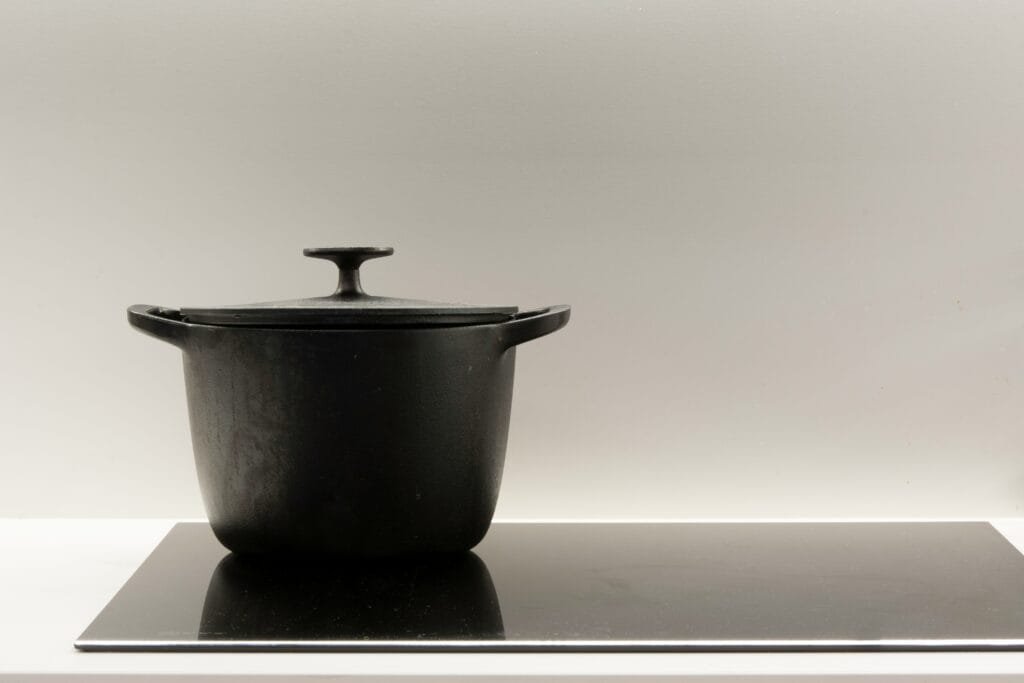
Before the rise of high-tech pressure cookers, the Dutch oven was the go-to for one-pot meals. These heavy, cast-iron pots distribute heat evenly and retain it for long cooking sessions. Whether you’re braising meats or baking bread, a Dutch oven can transform your dish into something hearty and delicious. Plus, there’s something comforting about that old-fashioned pot simmering on the stovetop.
9. Searing Meat for Flavor
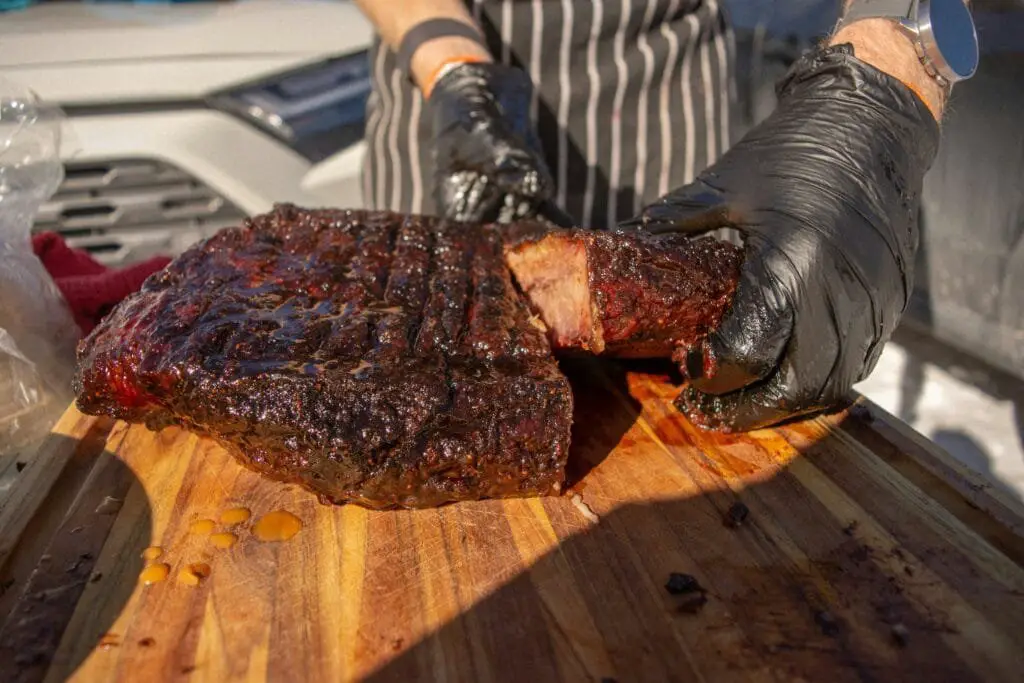
The simple act of searing meat in a hot pan before finishing it in the oven or on the stovetop is a technique that creates a beautiful crust and locks in juices. This method has been around for generations and adds layers of flavor that a slow cooker or steamer just can’t replicate. Searing builds the foundation of many classic recipes, and it’s a great way to bring out the best in your ingredients.
10. Poaching Eggs in Water

Long before the advent of egg cookers, poaching eggs was a skill that required a gentle touch. The result? Perfectly tender eggs with silky whites and runny yolks. Mastering this technique can elevate your brunch game and impress your guests. Plus, it’s a healthier cooking method that doesn’t require any added fat.
11. Grating Cheese by Hand
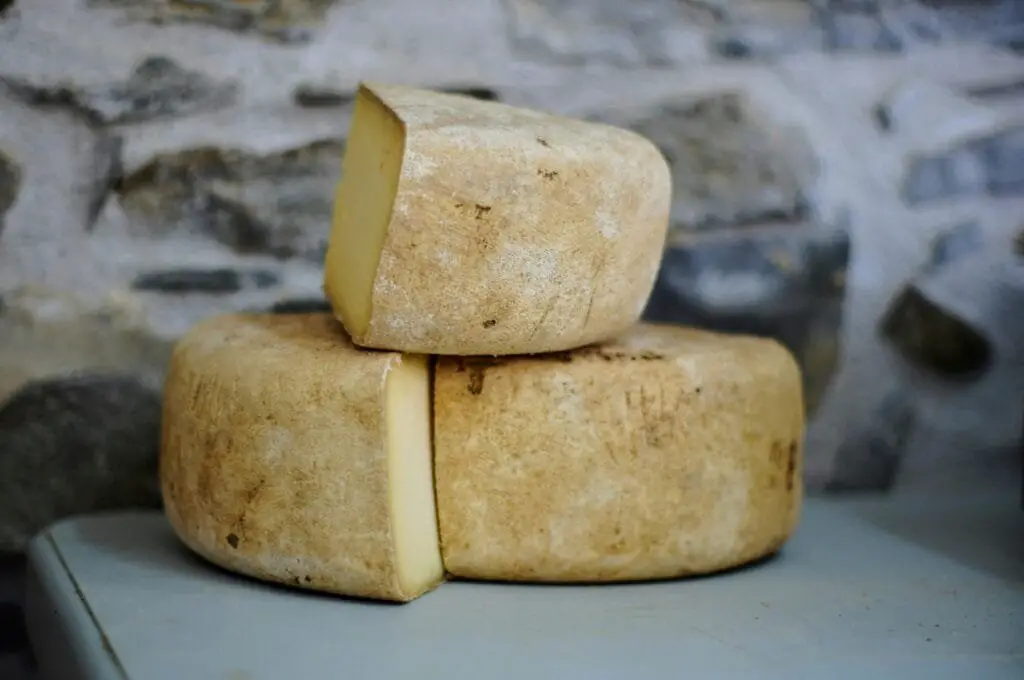
While pre-shredded cheese is convenient, it often lacks the freshness and flavor of cheese grated by hand. Grating cheese yourself ensures you get the best texture and taste, plus it’s a fun and satisfying task. Whether for a pasta dish or a cheesy casserole, taking the time to grate your cheese will make a noticeable difference in the final result.
12. Cooking with Fresh Herbs
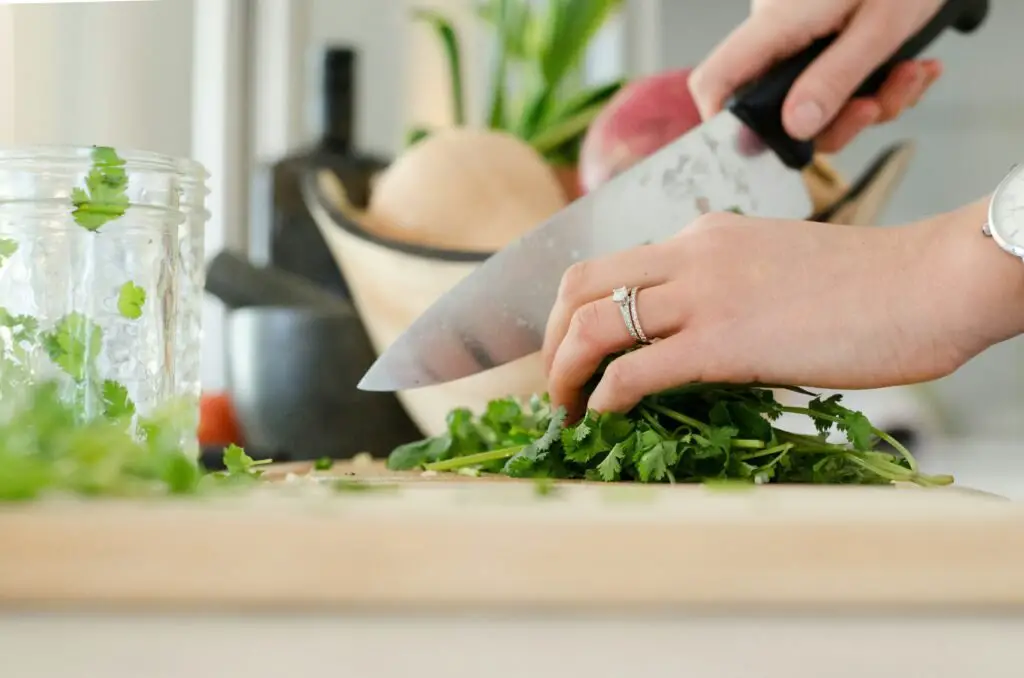
Before dried herbs became the norm, home cooks relied heavily on fresh herbs for flavor. From basil to parsley, using fresh herbs can elevate any dish. Not only do they enhance taste, but they also bring a burst of color and nutrition to your plate. Try growing a few herbs in your kitchen or garden for easy access—there’s nothing like the aroma of fresh herbs to inspire your cooking.
13. Relying on Seasonality
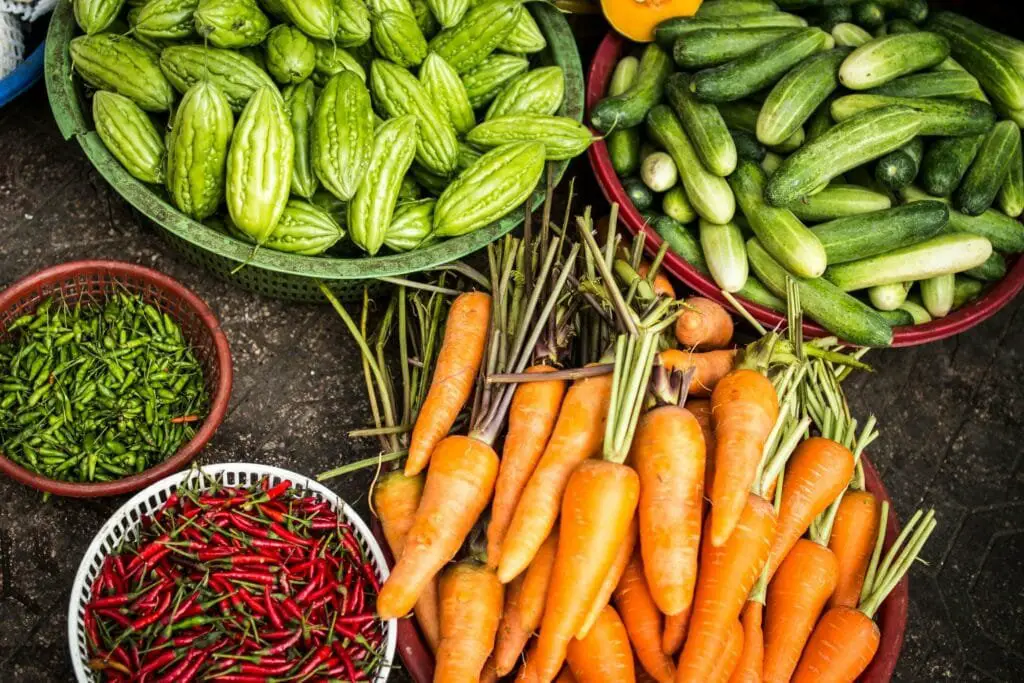
In the past, cooking was often dictated by the seasons. People learned to appreciate what was fresh and available, which led to vibrant meals and reduced costs. This method not only supports local farmers but also encourages creativity in the kitchen. By focusing on seasonal ingredients, you can enhance the flavor and nutritional value of your meals while staying mindful of your budget.
14. Skimming Fat from Soups and Stocks
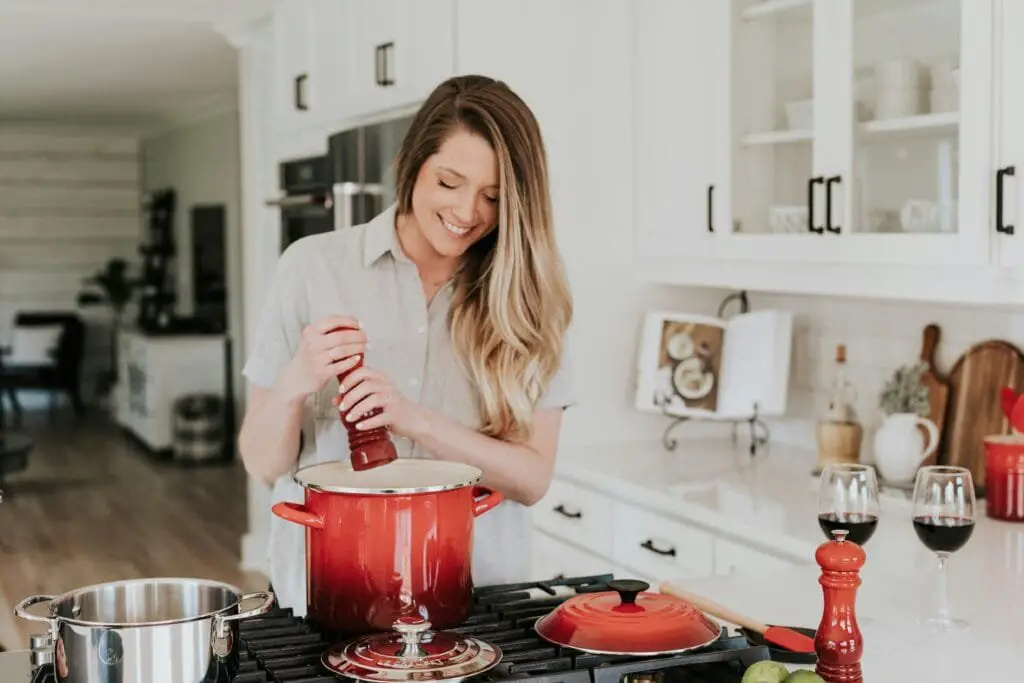
Once your soup or stock has simmered for hours, the layer of fat on top might seem like a nuisance, but skimming it off is an art form that improves flavor and texture. This technique helps create a cleaner taste and a lighter mouthfeel, ensuring your dish is as delicious as possible. Plus, it’s a great way to be resourceful—save the fat for sautéing or roasting vegetables!
15. Using a Food Mill for Purees
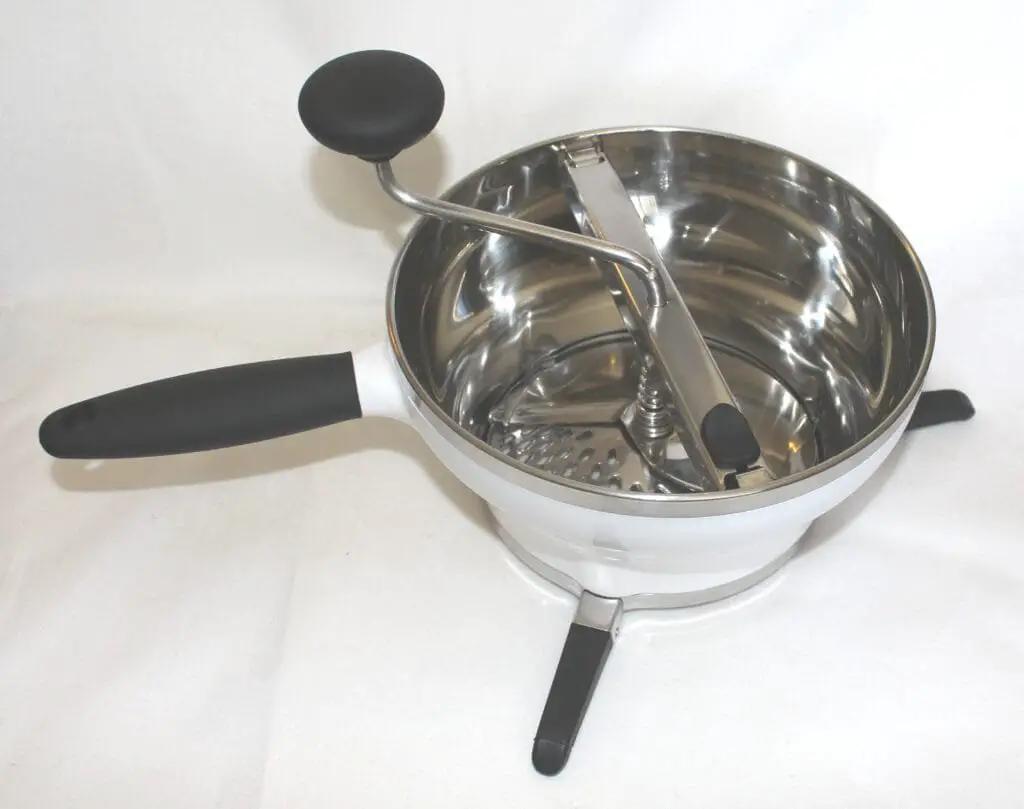
Before the days of blenders and food processors, cooks relied on food mills to create smooth purees from fruits and vegetables. This simple device helps achieve a velvety texture without adding extra air, resulting in rich sauces, soups, and baby food. It’s also a fantastic way to make homemade applesauce or mashed potatoes that are free of lumps. Embracing this traditional method not only enhances the quality of your dishes but also connects you to the past, celebrating the craft of cooking with tools that have been cherished for generations.
These old-school cooking techniques might require a little more effort, but the results are well worth it. Sometimes, the traditional way really is the best way! So next time you’re tempted to turn to your kitchen gadgets, give one of these methods a try and taste the difference for yourself.


